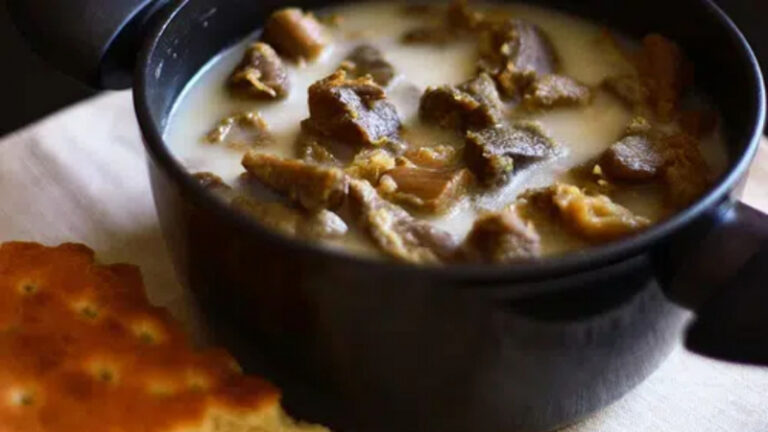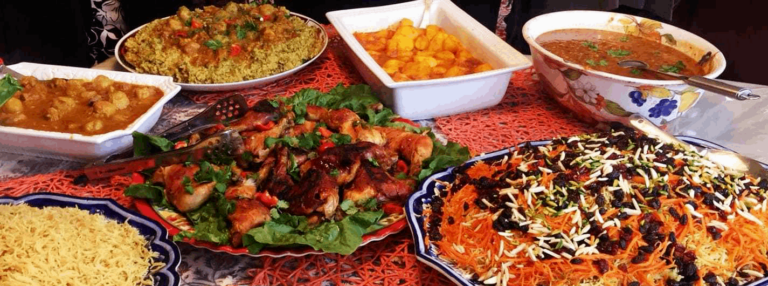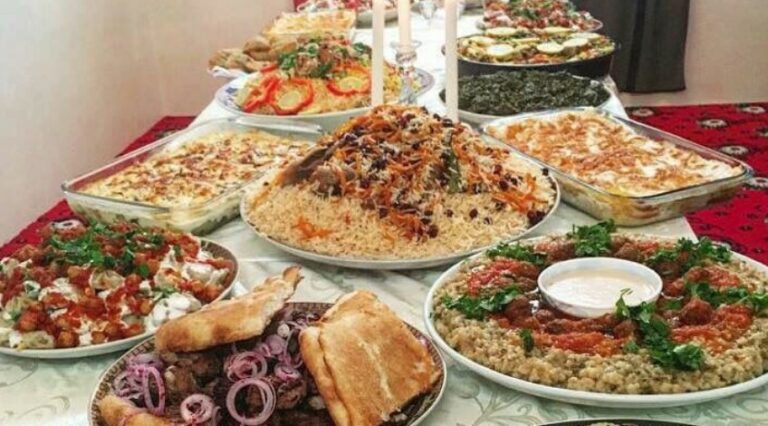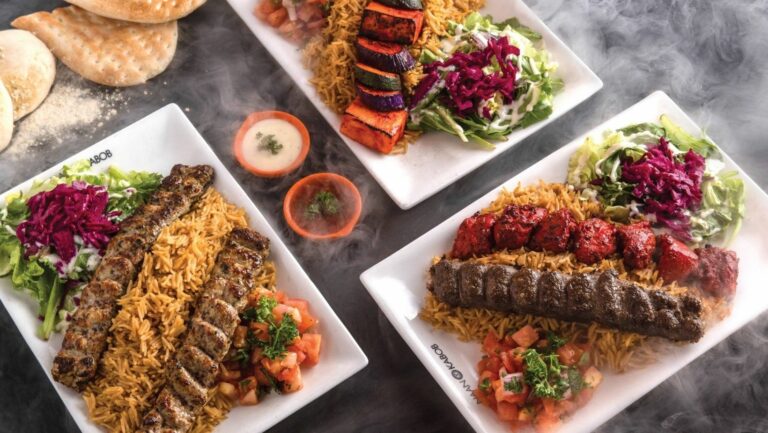Introduction: Turkmen Cuisine
Turkmen cuisine is a blend of Middle Eastern and Central Asian flavors, with strong influences from neighboring countries like Iran and Afghanistan. The cuisine is known for its hearty meat dishes, aromatic herbs, and flavorful spices. Turkmenistan’s history as a major stop on the Silk Road trade route has also impacted its cuisine, with diverse ingredients and cooking techniques from various cultures.
Influence of Iran on Turkmen Cuisine
Iran has had a significant influence on Turkmen cuisine, as the two countries share a long border and similar cultural traditions. One of the most popular dishes in Turkmen cuisine is ash, a hearty soup made with meat, beans, and herbs. This dish is believed to have originated in Iran and was brought to Turkmenistan by travelers and traders. Another Iranian dish that has become a staple in Turkmen cuisine is kabab, which is made with marinated meat cooked over an open flame.
Influence of Afghanistan on Turkmen Cuisine
Afghanistan has also had an impact on Turkmen cuisine, particularly in the eastern regions of the country. One of the most popular dishes in Turkmenistan is manty, a steamed dumpling filled with meat and vegetables. This dish is similar to Afghan mantu, which is also a steamed dumpling filled with meat and vegetables. Afghan-style pilaf, made with rice, meat, and spices, is another dish that has influenced Turkmen cuisine.
Similarities between Turkmen, Iranian, and Afghan Cuisines
There are many similarities between Turkmen, Iranian, and Afghan cuisines. All three cuisines use a lot of meat, particularly lamb and beef, and feature aromatic herbs and spices like saffron, turmeric, and cumin. They also share a love of rice dishes such as pilaf and biryani. Bread, particularly flatbread, is a staple in all three cuisines.
Differences between Turkmen, Iranian, and Afghan Cuisines
Despite the similarities, there are also significant differences between Turkmen, Iranian, and Afghan cuisines. For example, Iranian cuisine tends to be more complex and refined, with a greater emphasis on presentation and aesthetics. Afghan cuisine, on the other hand, is known for its simple, hearty dishes that are meant to be shared with family and friends. Turkmen cuisine falls somewhere in between, with a focus on bold flavors and hearty ingredients.
Conclusion: A Blend of Flavors in Turkmen Cuisine
Turkmen cuisine is a reflection of the country’s history and cultural influences, particularly from neighboring Iran and Afghanistan. While there are similarities between the three cuisines, Turkmen cuisine has its own unique flavor profile that sets it apart. With its hearty meat dishes, aromatic herbs, and flavorful spices, Turkmen cuisine is a true blend of Middle Eastern and Central Asian flavors.






